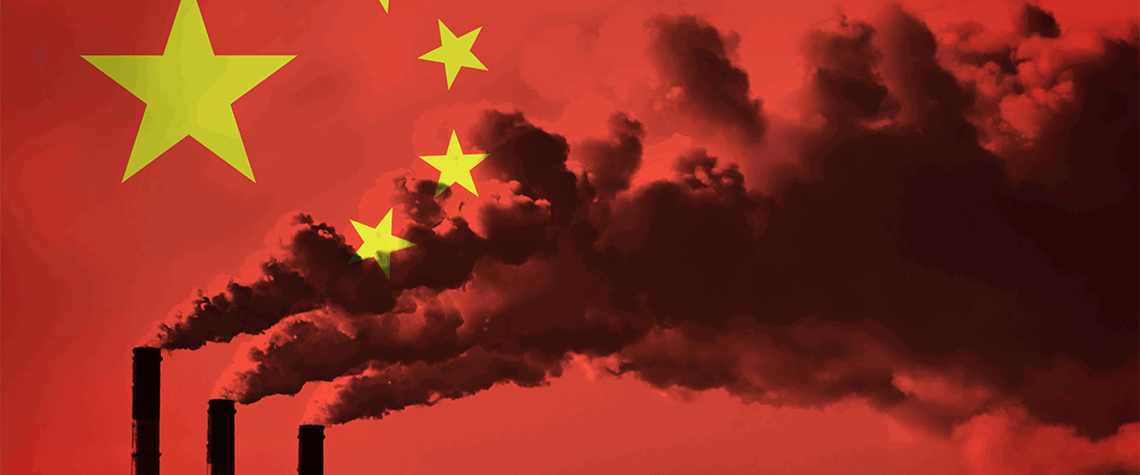China’s emissions trading scheme lacks bite
Overly generous allowance allocations and low prices blunt impact of world’s largest cap-and-trade scheme in its first 18 months
China’s cap-and-trade scheme has so far struggled to make an impact on emissions from domestic thermal power generators—the only sector it covers—because of low prices and overly generous allowance allocations. China’s emissions trading system (ETS) went live in July 2021 after years of delays and six regional pilots in cities including Beijing and Shanghai. It covers 2,162 thermal power plants that each emit at least 26,000t of CO₂/yr. The scheme, overseen by the state-owned Shanghai Environmental and Energy Exchange (SEEE), covers c.4.5bn t/yr of CO₂ emissions, making it the biggest in the world by volume. But transaction value in its first year of operation reached just RMB8.5bn ($1.22bn)

Also in this section
10 December 2025
Net zero is not the problem for the UK’s power system. The real issue is with an outdated market design in desperate need of modernisation
28 November 2025
The launch of the bloc’s emissions trading system in 2005 was a pioneering step, but as the scheme hits 21 its impact as a driver of decarbonisation is still open to debate
18 November 2025
Vicki Hollub, president and CEO of Occidental, has been selected as the 2026 recipient of the Dewhurst Award, the highest honour bestowed by WPC Energy. The Dewhurst Award celebrates exceptional leadership, groundbreaking innovation and a lifetime of significant achievements in sup-port of the development and advancement of the energy industry.
11 November 2025
Transition policies must recognise that significant industrial demand for carbon will continue even as economies hit net zero







